The Zeppelin Museum in Friedrichshafen, at Lake Constance, is the perfect destination to discover the romantic airship era. Housed in a Bauhaus building, the museum boasts the world’s most extensive collection of Zeppelin-related objects, including a reconstruction of the airship LZ 129 Hindenburg.
Table of Contents
About Zeppelin airships
The German count and general Ferdinand Adolf Heinrich August Graf von Zeppelin founded the Luftschiffbau Zeppelin airship factory and invented the Zeppelin airships.
Building an airship at that time was a visionary undertaking. Count Zeppelin came up with the idea of developing airships during his military career. He devoted himself to it full-time after retiring, investing his own money. When the money ran out, the project continued through mortgaging his wife’s properties and with a fund-raising lottery authorised by the King of Württemberg.
The Zeppelin airships were indeed a concentration of innovative technology. They had a rigid structure with a modular aluminium frame covered in fabric and divided into several internal gas cells. The controls, engines, and nacelle were then attached to the structure, as you can see in the museum of Friedrichshafen.
Zeppelins in civil aviation
Before the LZ 129 Hindenburg crash, Zeppelin airships safely transported over thirty-seven thousand passengers on 1,600 luxury flights. However, Zeppelins were initially designed for military purposes.
The shift occurred due to the strained relations with the army leadership. Then Alfred Colsman, the director of Luftschiffbau Zeppelin, proposed using them for passenger transport, and this choice revolutionised air travel.
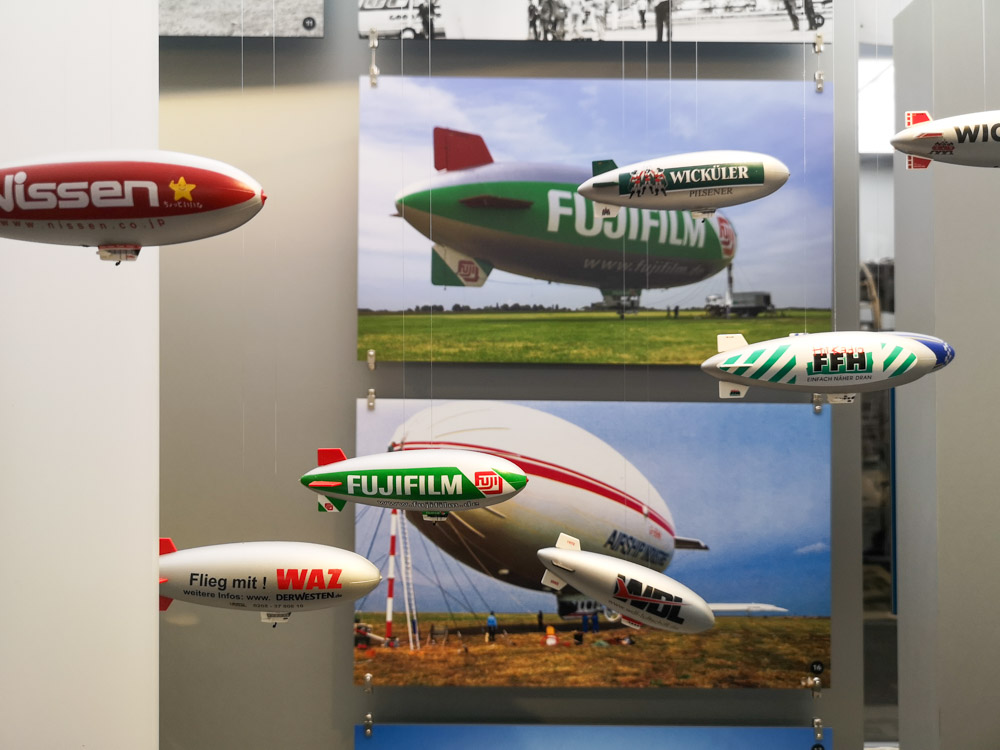
The end of the airship era
The popularity of Zeppelins ended with the 1937 LZ 129 Hindenburg airship disaster in New Jersey, in which almost a third of the people on board died during the landing. The press widely covered the accident in the United States.
Videos and photographs of the accident shattered passengers’ confidence in the safety of airships. At the same time, international air transport was emerging as a viable option. The only reason passengers still chose Zeppelins was their level of comfort.
Although modern airships are used more for advertising and tourism purposes and guarantee safety, the last flight of the Hindenburg marked the end of air transport by airships.
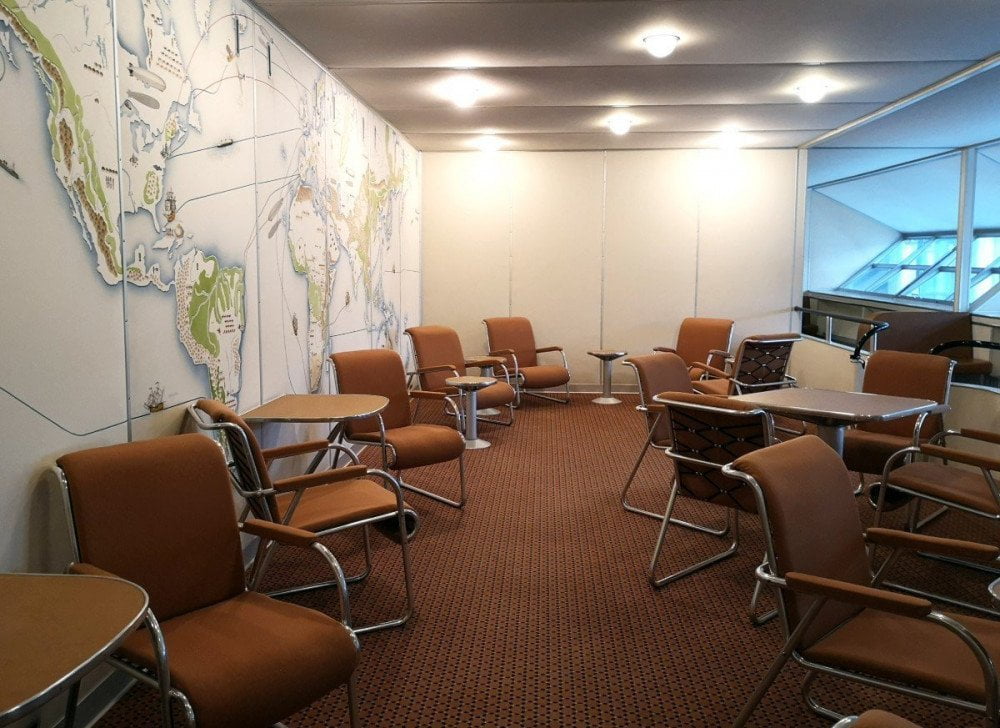
What to see at the Zeppelin Museum in Friedrichshafen
Airship transport was a fascinating and luxurious way of travel in the last century. While large transatlantic ships took days and days to arrive at their destination, airships from Lake Constance could reach the United States in just five days or Brazil in four days.
The Zeppelin Museum in Friedrichshafen combines art and technology on its three floors. Its extensive collection of the history and technology of aviation includes porcelain from the onboard restaurant, postcards, and newspapers, as well as large fragments such as propellers, nacelles, and engine parts. The exhibition also covers all the technical aspects of Zeppelin construction, including lightness, aerodynamics, propulsion technology, and navigation systems.
The Zeppelin Hall: a tribute to the airship Hindenburg
The Zeppelin Hall hosts the reconstruction of the LZ 129 Hindenburg, the most famous airship in history. The original airship was destroyed in a fire in 1937, shortly before landing in New Jersey, leaving nothing but ashes.
The reconstructed airship allows visitors to experience what it must have been like to travel on it, providing a glimpse into its luxurious interior, designed in the 1930s Bauhaus style. Toilets, sinks, and beds were beautiful and made of lightweight materials to reduce the gondola’s weight.
The museum also features exhibits of postal services, travel routes and the daily work of the onboard personnel, including the cell carer, machinist, and radio operator. Visitors can see the most significant surviving piece of wreckage from the LZ 129 Hindenburg, the rudder-bearing arm, part of the tail unit.
History of Airships
The Zeppelin Museum is home to the world’s most significant and comprehensive collection of all aspects of airship travel from its inception to the present day. It covers the development of airship aviation from the Montgolfier brothers’ hot-air balloon in the late 18th century to the modern Zeppelin NT, including setbacks and triumphs.
The exhibit documents the excitement and illuminates the creation of legends surrounding the giants of the air. Many models, films, and photos trace the history of airship travel, such as spectacular journeys across the Atlantic, round-the-world, and polar flights.
Graf Zeppelin himself, as well as his successor Hugo Eckener, worked to make the airship into a cult object. For this reason, the Zeppelin Museum displays numerous souvenirs and products that pay tribute to the Zeppelin, including children’s toys, medals, vases, merchandising products, and kitsch objects, which are still of interest to a prominent collector’s community today. The collection also presents the luxurious life and the feeling of travelling on board the Zeppelin airships in the 1930s in great variety.
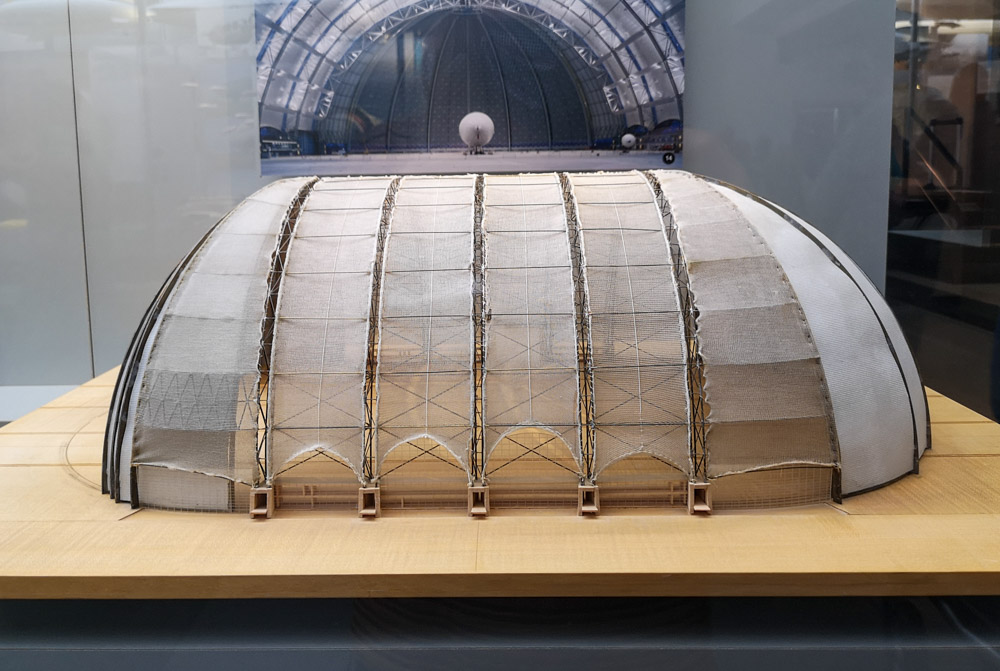
The Technology Collection
The museum’s main focus is on Zeppelin airships, with the highlight being a 33-meter-long partial reconstruction of LZ 129 Hindenburg. The museum also showcases the development of Parseval and Schütte Lanz airships, as well as the simultaneous developments in France, Great Britain, Italy, and the USA.
The collection features airship parts and equipment that showcase the technical aspects of lightweight construction, propulsion technology, aerodynamics, navigation, communication, and the airship as a workplace. It includes large technical objects, construction documents, technical drawings, personal bequests, posters, postcards, newspapers, photos, and documents of aero.
Beyond Zeppelins: the world’s other airships
The Zeppelin Museum has a collection that mainly focuses on Zeppelin airships, however it also exhibits the competitors Parseval and Schütte Lanz from Germany, as well as designs that were being developed at the same time in Italy, France, Great Britain, and the United States.
Zeppelins were different from their competitors because they had a rigid duralumin internal structure and were lifted by hydrogen gas. The Schütte-Lanz, which were the most famous competitors of the Zeppelins, were rigid airships designed and built from 1909 to 1917 with a wooden frame that deteriorated with moisture.
During the same years, the Parsevals were also built, which in contrast had little or no rigid structure within the fabric, as well as various other European and US designs.
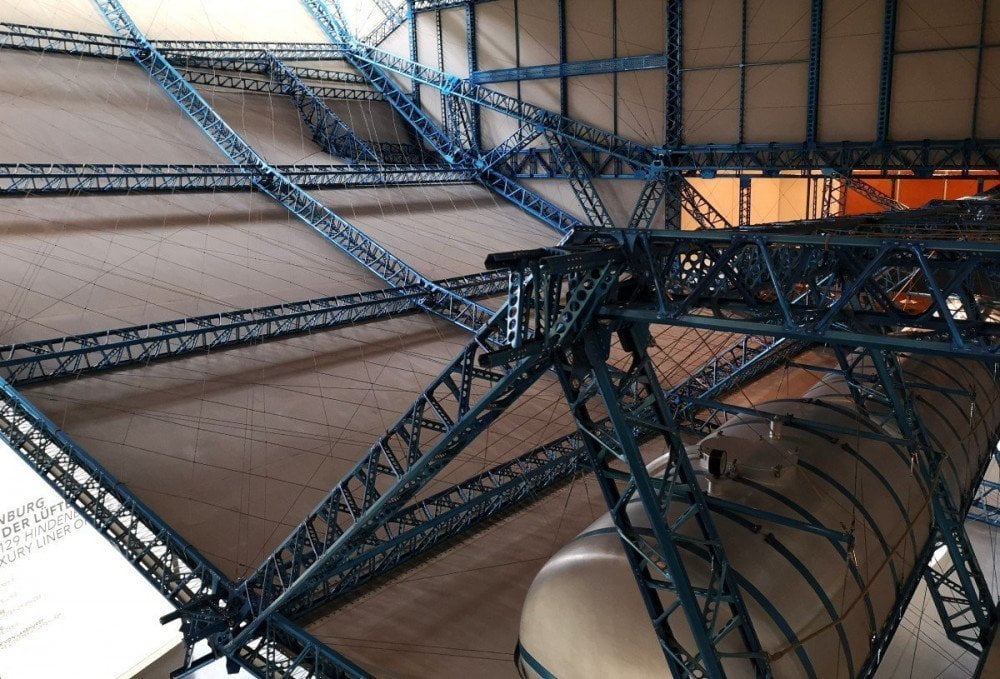
Contemporary Art at the Zeppelin Museum
The museum’s top floor features a contemporary art exhibition that showcases a collection established after 1945. Although modern art is not the museum’s main focus, it has an extensive art collection that makes it an interesting destination for those who enjoy exploring beyond the conventional.
The collection mainly consists of works by artists who retreated to the ‘Inner Emigration’ at Lake Constance during the Third Reich, such as Otto Dix, Max Ackermann, or Willi Baumeister. Temporary exhibitions, on the other hand, touch on current topics.
How to fly a Zeppelin Airship
In 2001, airships came back and started flying over Friedrichshafen, on the shores of Lake Constance, which has always been home to the Zeppelin factories. The flights are available from March to November and offer different routes and durations. You can choose from an overview of Zeppelin flights from Friedrichshafen on the Bodensee, from Munich, Bonn and Frankfurt.
Aboard the Zeppelin, you can enjoy the breathtaking views of your excursion destinations from 300 meters and experience sightseeing in a new dimension. The flights range from 30 minutes to 2 hours, and the cost starts from €320, depending on the chosen route. You can also witness the operation from the restaurant located directly at the hangar with the take-off and landing area of the Zeppelin NT.
Practical information for visiting the Zeppelin Museum in Friedrichshafen
The Zeppelin Museum in Friedrichshafen, located on the shore of Lake Constance, is a remarkable place that tells the story of airship aviation. The museum provides captions in both German and English. Still, you can rent an audio guide at the entrance if you want more detailed information.
Alternatively, you can listen to the explanations in Italian from your mobile phone by scanning the QR codes along the tour route or by using the ZeppApp in English, French, Italian and German. The museum has an open Wi-Fi network, so you can follow the interactive explanations even if your internet tariff restricts browsing abroad.
Please note that backpacks or bulky bags are not allowed inside the museum. However, a luggage room that operates with 1 or 2 euro coins is available, returned when you insert the key again. You should bring your own coins, as you may have to queue for change when the museum is crowded.
The Zeppelin Museum with children
The Zeppelin Museum is a great place to visit with children, as they will be fascinated by the airships. My son is really passionate about aviation, but the museum will interest everyone. The idea of flying on an airship, in fact, is incredibly adventurous.
The ticket office also provides a cardboard suitcase for children to collect Zeppelin materials during the visit, such as luggage tags and tickets for a transoceanic flight. The museum is fully accessible and has an internal lift, so you will have no problem visiting with younger children in prams.
Tickets and opening time
The museum is open from 10:00 am to 5:00 pm, with the last admission at 4:30 pm. Entry tickets cost €11 for adults and €6 for children. Children under five can enter for free.
I recommend purchasing your tickets online, avoiding the queues at the ticket counter. During bank holidays and weekends, the Zeppelin Museum is really busy. Book your tickets online allow you to discover the wonders of the museum without any hassle.
How to get to the Zeppelin Museum in Friedrichshafen
The Zeppelin Museum is in the heart of Friedrichshafen, at the Friedrichshafen Harbour Station, right in front of the departure/arrival quay. It is also close to the Friedrichshafen-Hafen train station, the central bus station Hafenbahnhof, and the Lake Constance bike path.
The museum is in a striking white building that used to be a harbour railway station. It has a tower on the lakeside and an extensive glass façade facing the city, making it easy to spot.
The museum is easily accessible by public transport due to its convenient location. You can also arrive by ferry from other locations connected by the lake.
I went by car during a road trip, but wouldn’t recommend it. There was a lot of traffic in the summer because it is a very touristy place on Lake Constance. You can park for a fee at the Altstadt multi-storey car park or at the Hinterer Hafen car park, which is just a two-minute walk from the museum.
Zeppelin Museum
Seestraße 22
88045 Friedrichshafen
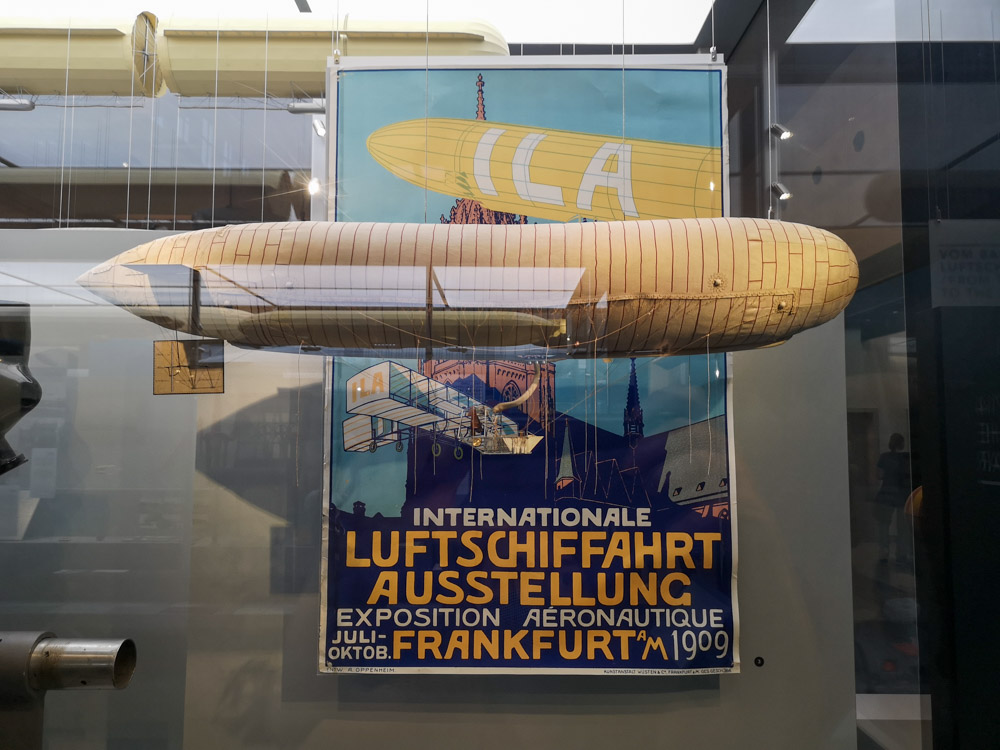
Where to sleep on Lake Constance
In Friedrichshafen, I can recommend some great hotels. The Hotel City Krone is a 4-star hotel with an indoor pool and a rich breakfast buffet just a few metres from the Lake Constance walk and from Friedrichshafen Stadt Train Station. Another option is the Hotel Lukullum, which has a German and international cuisine restaurant and a children’s playground. Lastly, the Hotel Merian offers accommodation with a garden, free private parking, and a terrace.
Airships have a romantic and fascinating history but are also concentrations of pioneering technology for the time. Let me know in the comment if you’ve visited the Zeppelin Museum and whether or not you share my fascination with airships.
